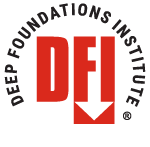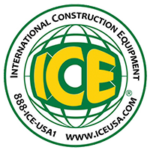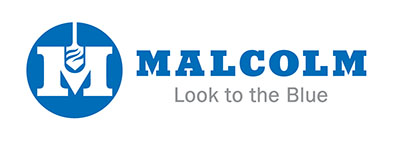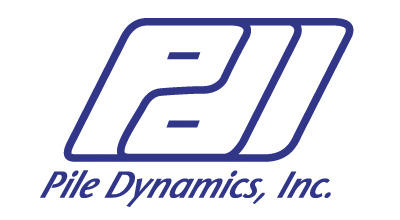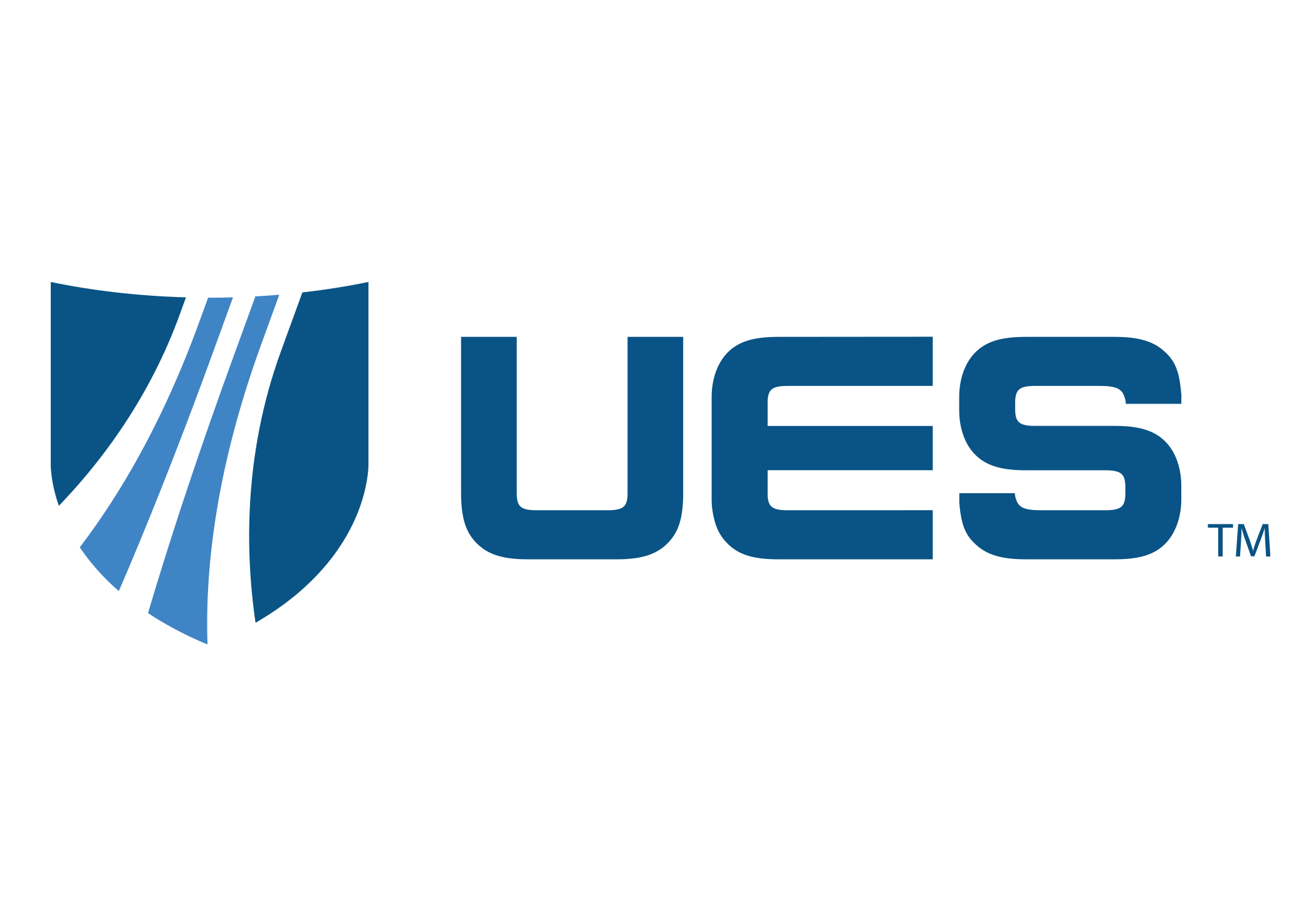Peer Review Process and Guidelines
Peer Review Process
DFI uses a single-blind peer review process. All papers submitted to the DFI Editorial Manager will be subject to a “Technical Check” to validate compliance with the general Journal guidelines (i.e., manuscript structure, figure quality, references). Upon passing the technical check, all manuscripts are subject to a plagiarism check, to ensure originality and avoid falsified research data in agreement with the publication ethics published by the DFI Journal. DFI is a member of Crossref and subscribes to ‘Similarity Check’, powered by Turnitin. Similarity Check evaluates the submitted paper against a large database of published technical content (journals and other documents) on the internet. A similarity report is provided to DFI editors to help evaluate the originality of work. Please refer to the author guidelines as well as the Publication Ethics and Code of Conduct to learn more about acceptable presentations of previous published materials.
Papers are then assigned to a handling editor, who will manage the peer review process. The primary responsibility of the editor is to ensure an efficient, objective, and fair review process of manuscripts submitted for publication, and to maintain high standards of technical and professional rigor. All papers will receive at least two independent reviews from qualified reviewers in the subject field of the paper. Authors are encouraged to recommend reviewers in the subject matter of the paper. Likewise, authors are permitted to oppose reviewers. A regular review period shall be 30-40 days, after which the author will receive detailed feedback for the manuscript. A typical time for manuscript revision is 30 days, extensions will be granted upon individual requests with the handling editor. All reasonable requests by editors or reviewers for materials, data, and associated protocols should be fulfilled.
A final manuscript decision will be made following the handling Editor’s recommendation under consideration of the reviewer’s recommendation. The Editor’s in Chief will determine the final decision. Accepted papers will obtain a paper DOI and published ahead of print online.
An author who disagrees with a review decision may appeal the decision in writing. The paper will then receive a new review process under direction of the Journal’s Ombudsman. To ensure a fair and objective review process, the reviewers shall consult the Peer Review Guidelines, described hereafter. Should the authors feel treated unfairly during any step of the paper submission process, the authors have the right to file a complaint with the DFI Journal. The complaint process and its necessary documents is described in the Journal’s Publication Ethics and Code of Conduct.
Review Guidance
Purpose of Review
Reviewers play a key role in scholarly publishing. The peer review system is intended to validate academic work and helps to improve the quality of published research. The most important purpose of your review is to improve the technical quality of the submission and provide a recommendation to the editors. Your recommendations will be considered by the editors who will make the final decision on whether the paper will be selected for publication in the Journal. Your comments/edits will be provided to the author anonymously (single blind review) to allow for revisions and modifications of the paper prior to final publication. All papers will have at least two reviews performed for the editors’ consideration and in most cases the editors will follow the reviewers’ recommendation. Often, the editors will provide their own review in addition to the assigned reviewers.
Paper Evaluation
There are two components to your paper review: (1) technical content and (2) quality of paper presentation. Either or both can be grounds for rejection of the submission, and both should be considered when reviewing the paper.
1. Technical Content
Although there is no simple formula for what acceptable technical content is, there are some basic principles that can be applied.
- Relevance: The submission fits the mission of the DFI Journal: The Journal of the Deep Foundations Institute publishes practice-oriented, high-quality papers related to the broad area of “Deep Foundations Engineering”. The areas of interest for publication in the DFI Journal include but are not limited to deep foundation engineering, including different piling systems (such as drilled shafts, driven piles, etc.), load testing, case studies, ground improvement, soil nailing and anchors, foundation elements for landslide and slope stabilization, earth retention systems and structures, BIM and digitalization, energy foundations, seismic issues of foundation engineering, sustainability, seepage control, design standards, codes, and contracts, tunneling, other areas of foundation design, innovative construction technologies, material research, quality control, quality assurance, and non-destructive testing and evaluation, or historical evolution of deep foundations, etc.
- Originality: Papers which have previously been published are not acceptable to the DFI Journal. Similarly, if the submission is simply a duplication of another published paper, it is unacceptable. If the submission expands on previously published data and is at least 50% different (with new unpublished content) it can be considered acceptable, if (and only if) the requirements for re-publications of contents per DFI’s author guidelines are met.
- Proper Referencing: The reviewer should request that references be provided by the author where they believe they are required and were not provided. Requesting the original source of information be referenced will substantiate statements and make them more credible to the readers. Reviewers may also request a copy of the original documents being referenced to assist them in substantiating the statements (if needed).
- Speculation and personal opinions: Both should be considered unacceptable and limited within the paper.
- Commercial Content: Submissions should not be written to promote a particular product, service or company but rather provide valuable information on techniques. Papers written for commercial or private advantage are not acceptable.
2. Quality of Presentation
The DFI Journal provides detailed Author guidelines to ensure manuscript consistency and quality. A reviewer should make sure that the guidelines were followed as best as possible, and that the presentation of the paper content is logical and supported by high quality figures, tables, and data.
- Quality of Figures: Figures should be legible and easy to understand. They should support the information provided in the paper and properly referenced within the text. Use of computer-generated graphs or figures is mandatory. Author guidelines should be followed when preparing figures.
- Quality of English language: As the DFI Journal will be published in English, it is important that spelling, grammar, word usage, punctuation, etc. of the text be carefully scrutinized. If the reviewer feels the paper is not readable, the paper may be rejected solely on those grounds. A copy-editing service should be recommended by the reviewer if needed.
- Organization: Although the organization of a paper is a style issue, the paper content should be presented in a manner that is easy to follow for the reader. Reviewers should refer the authors to the guidelines if needed.
- Completeness: It is important to ensure that all material necessary for the overall presentation of the paper is included, i.e., appropriate citations in the reference list, descriptive captions on all figures and tables, and conclusions substantiated by statements within the previous text.
Evaluation and Recommendation
Your online evaluation should include detailed comments to the author describing any shortcomings of the paper and recommending changes that will address these shortcomings. If the reviewer wishes to mark up the PDF copy of the paper in order to illustrate to the author the recommendations for improvement, the marked-up paper will need to be uploaded to the editorial manager. Reviewers are requested to remain anonymous (see confidentiality below). Additionally, the reviewer must make a recommendation to the editors on the evaluation form indicating if the paper is 1) acceptable as is 2) acceptable with minor mandatory changes 3) needs to be revised, or 4) should be declined. Should a reviewer suggest a “decline”, the decision needs to be supported with strong arguments and data and should include a detailed list of comments explaining the deficiencies of the paper. A “decline” recommendation without supporting comments will not be considered by the Journal, and the respective review will be replaced with a more qualitative evaluation of the manuscript in question.
Confidentiality
Paper reviews shall be kept confidential during any stage of the review and publication process. No names of reviewers should be released by editors, and reviewers should refrain from self-identification towards other journal staff and authors. Editors and reviewers shall avoid conflicts of interest and/or the appearance thereof. An editor shall not send a manuscript to reviewers who are known to have personal bias in favor of or against the author or the subject matter of that manuscript. Should the bias be unknown to the editor, any professional with conflicts of interest shall not accept a review invitation obtained from an editor.
